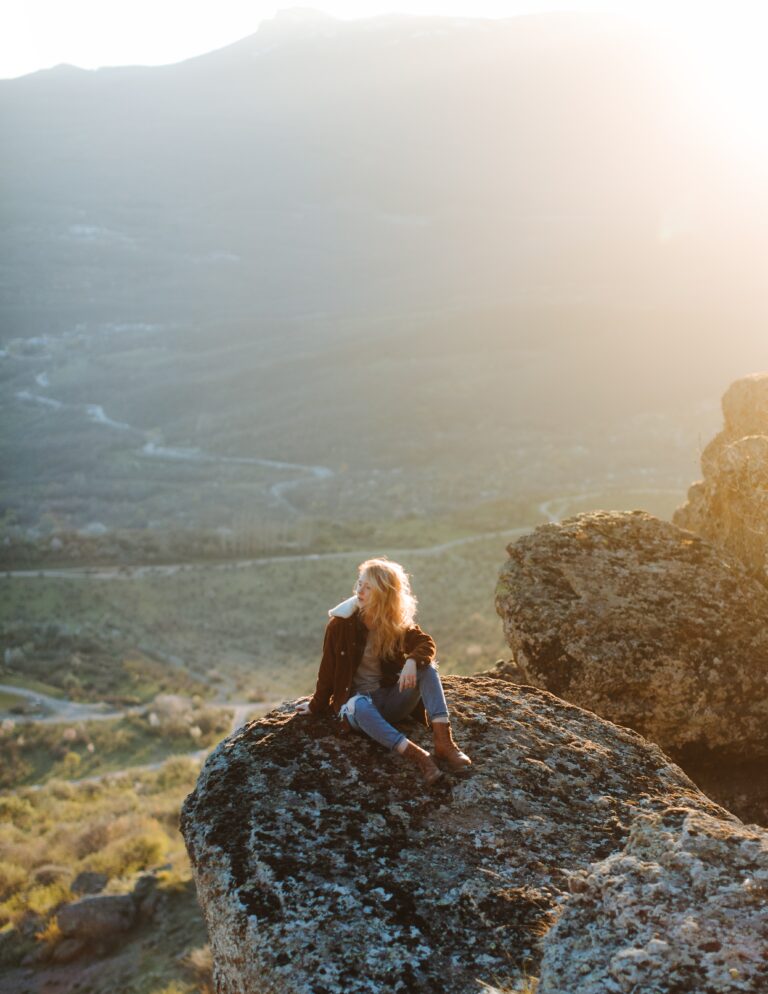It is said that real hikers should not save on two items of equipment: shoes and a backpack. Only those that are well-chosen and comfortable allow you to enjoy the surrounding nature completely. The abrasive and uncomfortable ones will become the torment of many walkers and will destroy more than just one trip.
We sure want to save money, and many of us would like to have a good hiking backpack that would work well in various circumstances. The problem is that something that is best for all the occasions is often useless. And it’s also the case of backpacks.
Therefore, when choosing a “universal” backpack, you have to reckon with greater compromises, which will not necessarily translate into the final satisfaction with the purchase. One backpack will work well during hiking in the mountains or camping, and another one will be perfect when you climb the rocks.
Brands like Osprey Daylite offer good quality paired with an affordable price, but picking the best backpack can be overwhelming. It is because of the multitude of models available in stores and online. So how do you choose a good hiking backpack? You’ll find out in this article.
What Do You Need the Most?
When arranging your trip, it is best to prepare yourself in advance. To choose your backpack wisely for a specific situation, you need to answer some questions first:
- Where are you going and for how long?
- What form of activity are you planning: cycling, camping, or climbing?
- What’s your traveling style?
- In which regions are you traveling? Will you be able to access the store to replenish your supplies?
- What means of transport will you be using?
- Where are you going to stay? Will you be carrying a tent, mat, or sleeping bag?
- Do you want to prepare meals by yourself?
- Do you need to have things close at hand?
Answering those questions will help you in choosing the best outdoor backpack for yourself. You will know what its capacity should be and whether you need additional pockets for small useful things. Make sure to make that list before heading to the store or checking a website!
Backpack Capacity
It is important that you adjust the capacity of the backpack as best as possible to your needs. A backpack that is too large burdens you with unnecessary weight, which you will certainly feel during longer hikes.
In terms of capacity, backpacks can be divided into three groups:
- Small backpacks (up to 30 liters) – Most often, they don’t have a frame and stiffeners, so they can be rolled up and put into larger luggage to be used later if necessary. They are also available with a frame and a hip belt. They are perfect for one-day trips outside the city, although you can also pack for a few days with good organization.
- Medium backpacks (30 – 50 liters) are the most popular and universal type of tourist backpack, perfect for a weekend trip and for a few days’ journeys when you do not need to take too much additional equipment with you.
- Large backpacks (over 50 liters) – The capacity of some outdoor backpacks can reach even 100-120 liters. With backpacks of this size, the hip belt should be solid, and the carrying system should be reliable and durable to ensure the highest comfort of use. Definitely, this is a version for longer and more challenging trips.
Rain Cover
Unfortunately, no backpack is fully waterproof. Any model that has been exposed to rain for long enough will eventually leak water. If the backpack you are interested in does not include a rain cover, it is worth investing in it.
Remember that mountain hikes, in particular, are unpredictable, and even when the weather is good, you may be surprised by rain on the way. It is better to protect such important things as paper maps or electrical devices from getting wet.
Extra Pockets
Pay attention to the arrangement and capacity of additional pockets. The number and quality of pockets vary from model to model, so you need to choose what you usually store and where. Too many of them can also cause chaos.
A pocket on the waist belt is handy because you can hide your phone there. The one on the top of the backpack is perfect for keeping a map, flashlight, small snacks, or your documents. Thanks to the pockets, everything inside is in place and sorted. The chambers are usually divided, and each of them has separate access to the things inside.
Conclusion
Buying a camping backpack may seem like a big undertaking, but the most crucial guideline is whether you are comfortable with it. Before you decide to buy a specific model and invest money, put it on your back, precisely adjust all straps and braces to your body shape.
However, remember that any empty backpack will be comfortable. Its drawbacks come out only when you weigh it down properly. So ask the seller to fill in a backpack of your choice for you. You will most likely feel right away if “this is it.”
A tourist backpack is an essential hiking companion. We hope that the right choice will result in many unforgettable adventures!
©Paula Sieracka
Photo by Yaroslav Shuraev from Pexels




